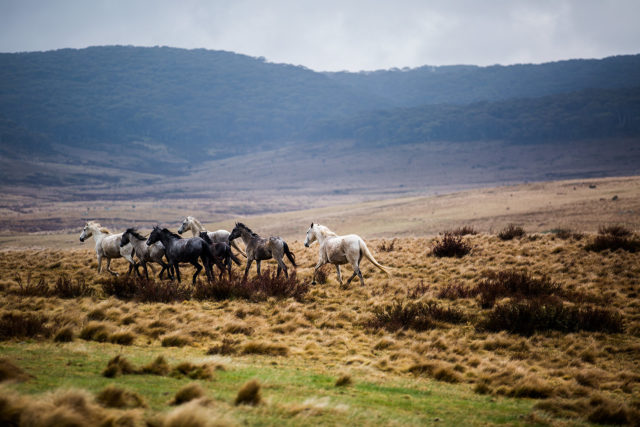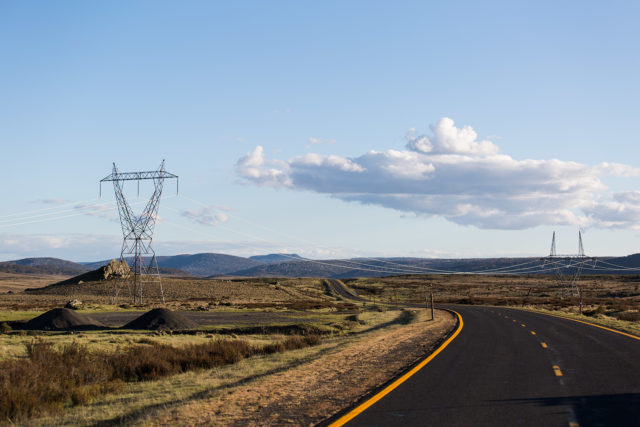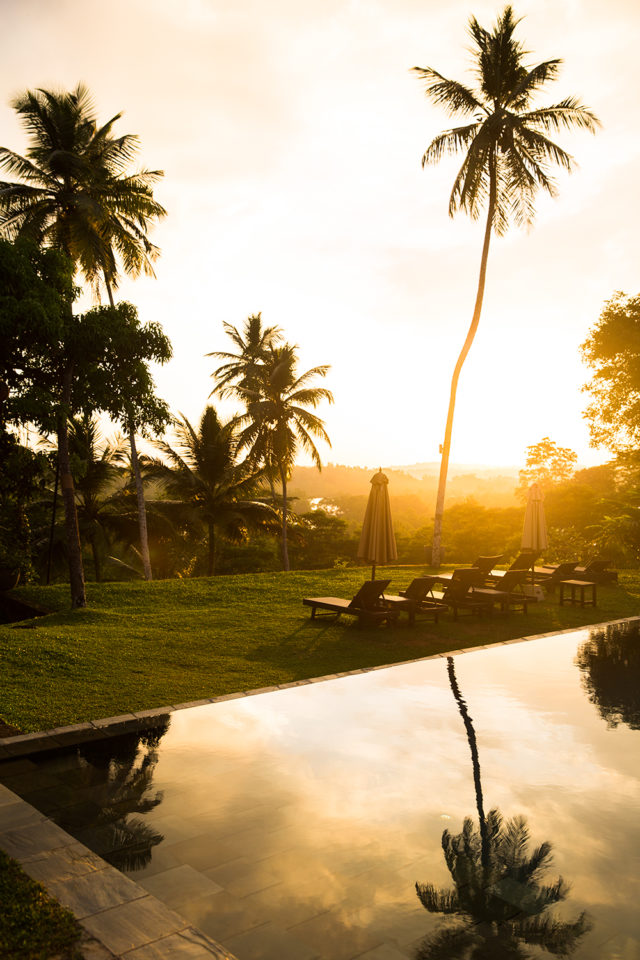
Welcome to Part Two of Sri Lanka (part one here), whereupon we visit an old fort, a couple of excellent temples, a railway crossing and a bizillion palm trees (because I for one can never get enough of palm trees).
Let’s begin close to the water’s edge at Galle Fort, one of Sri Lanka’s main tourist attractions. As such, I didn’t have high hopes; as you know, I’m happiest off-piste, with preferably no one around like me (ie tourist). But after several visits I grew to like the place, especially around sunset in the area near the lighthouse where locals outnumber the tourists and a mosque’s haunting call to prayer rings out through the narrow streets and out over the Indian Ocean.
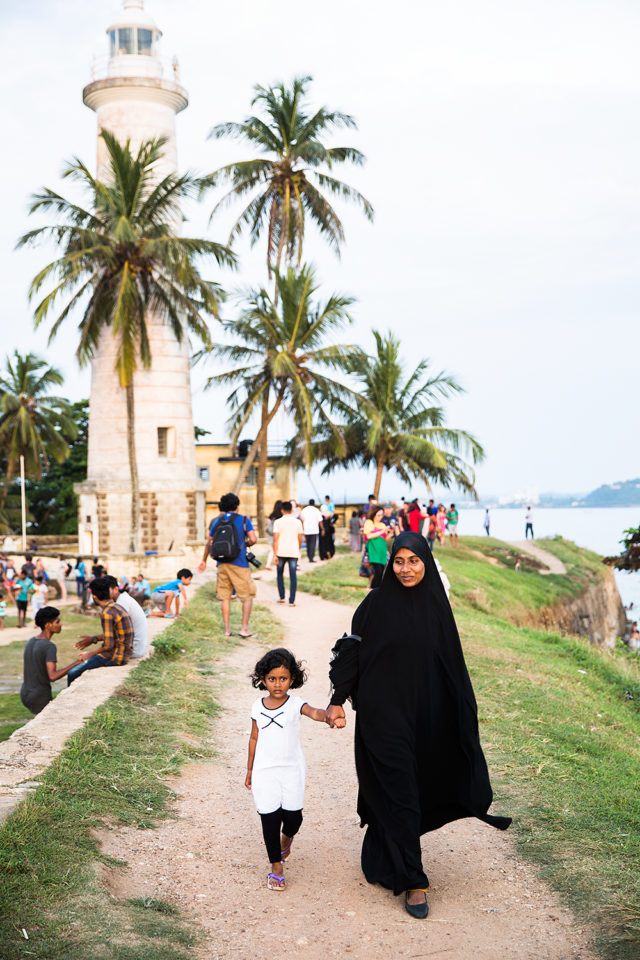
catching the last light :: 1
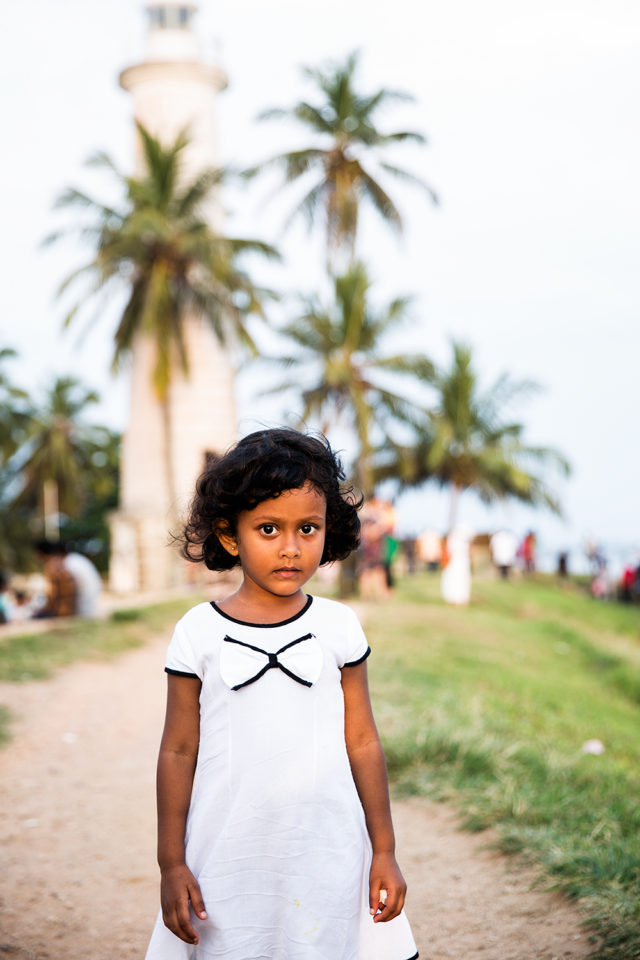
catching the last light :: 2
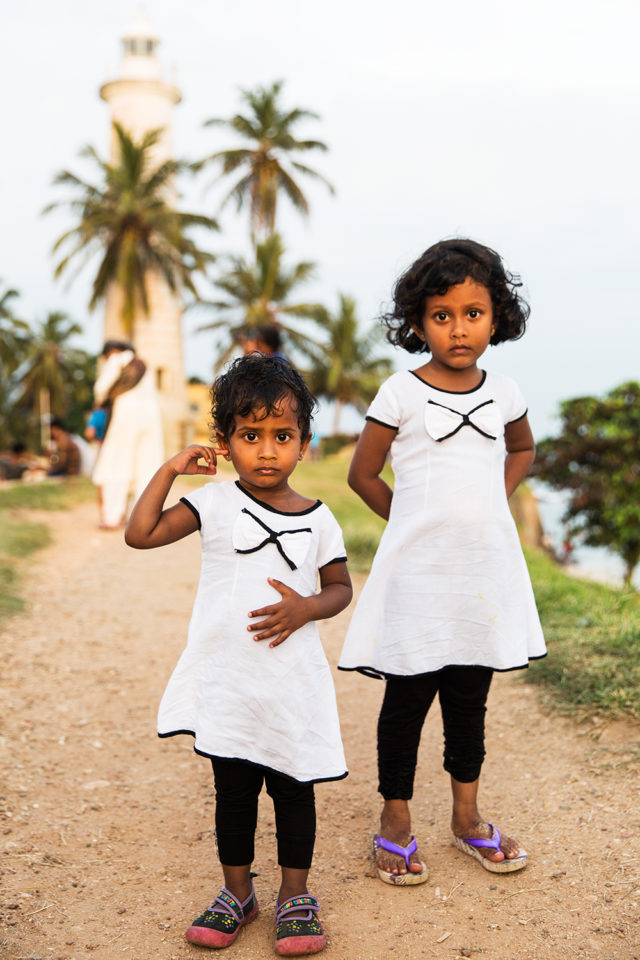
catching the last light :: 3
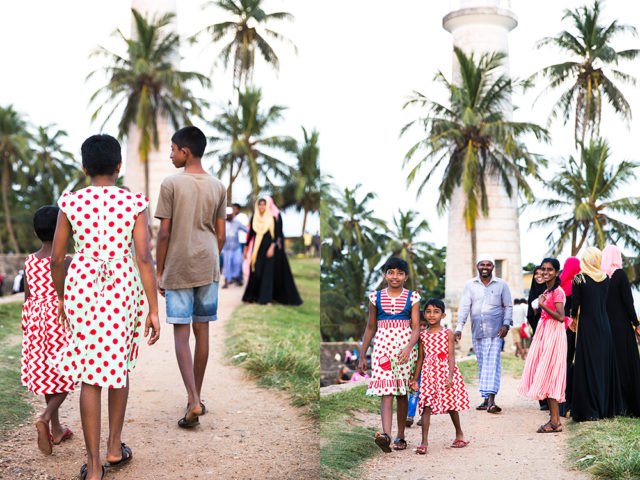
it’s the day for sisters in matching dresses :: 1
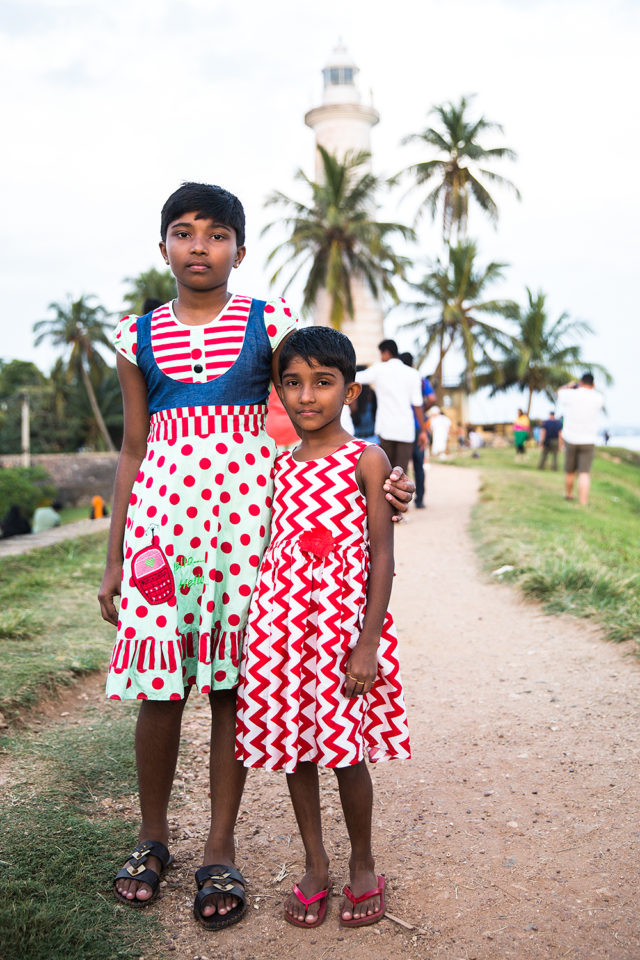
it’s the day for sisters in matching dresses :: 2
Right across from the lighthouse is Meeran Mosque (10% of Sri Lankan people are Muslim). I didn’t get a decent shot of the mosque but I did manage to snap these lovely men, enjoying the chance to chinwag in the cool of the early evening.
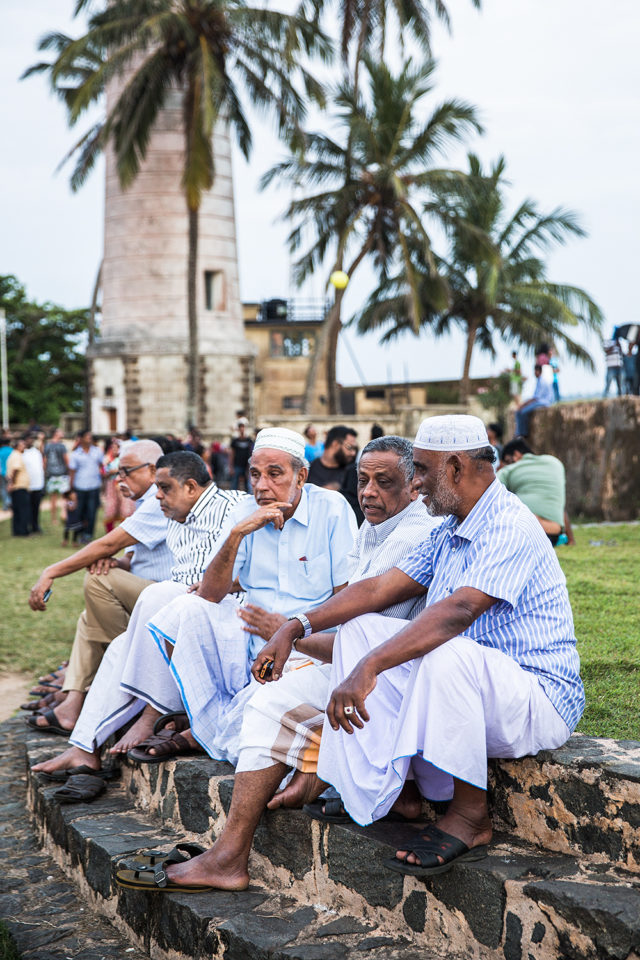
men’s business
While I was drawn to the lighthouse area and the locals parading along the ramparts, I also enjoyed exploring the various buildings in the centre of the fort. Originally built by the Portuguese in 1588, the Dutch took over the fort in 1649 and made significant improvements, many by the VOC (Verenigde Oostindindische Compagnie), the Dutch East India Company. Today, over 400 years later, a lot of original architecture is still in place, thanks to the restoration efforts of the Archaeological Department of Sri Lanka as well as locals and foreigners renovating some of the dilapidated buildings.
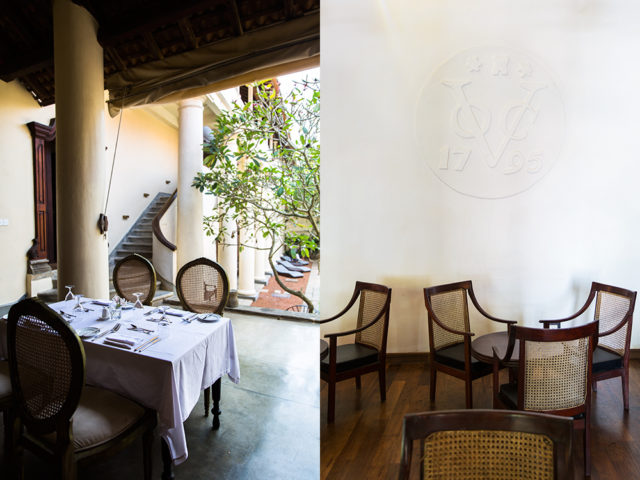
from derelict to desirable – Galle Fort Hotel, built in 1795 by the VOC
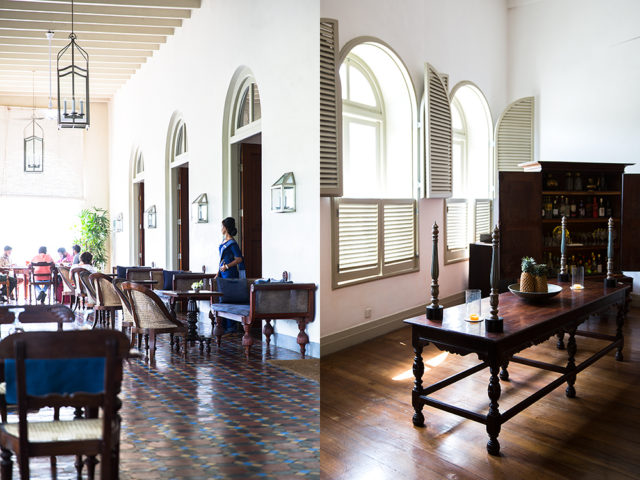
at ease – Amangalla began life in 1684 as the Dutch military HQ
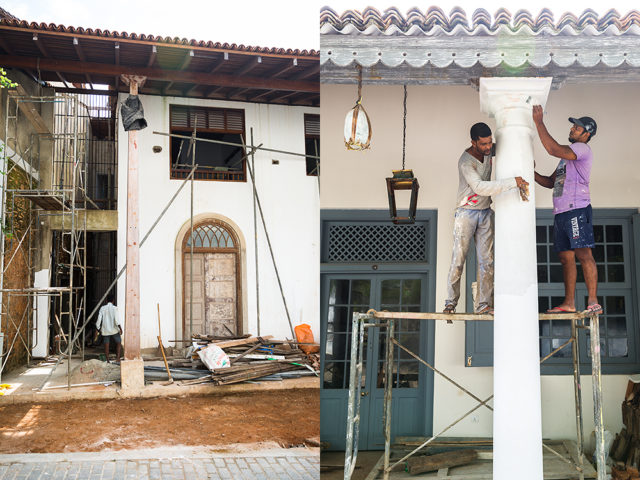
rescuing the ruins
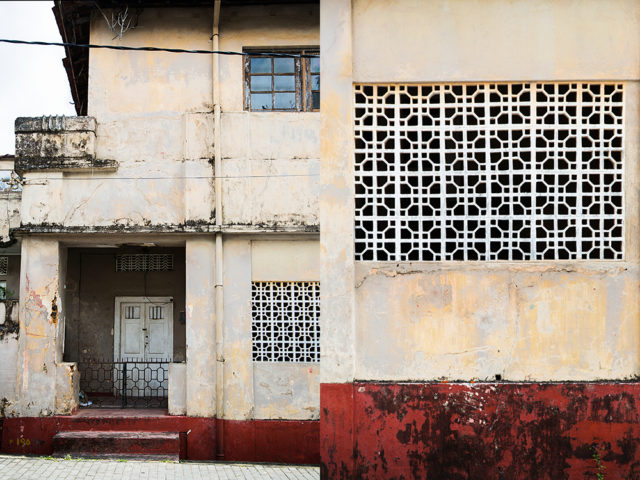
will it be saved too?
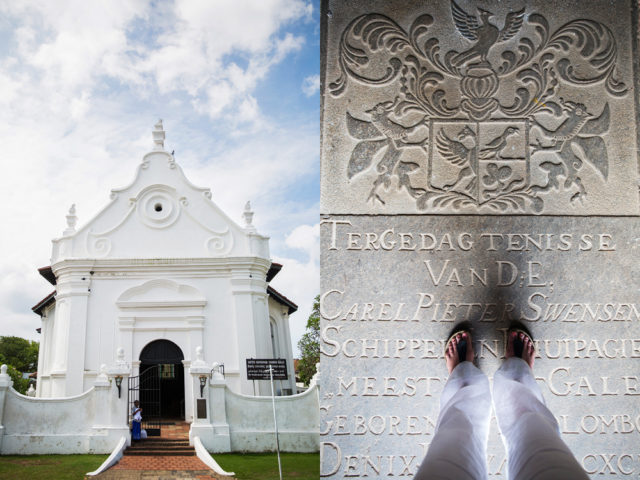
Dutch Reformed Church
In contrast to the fort and its very Dutch flavour is the hotel we stayed in, Tamarind Hill, about a 15 minute tuk tuk drive away, that was built in the British era in the 1800s.
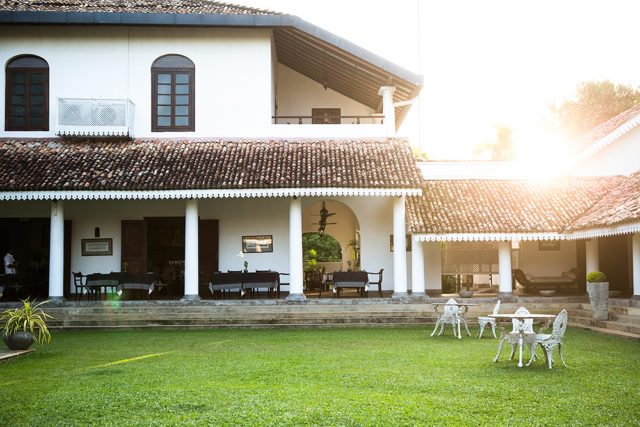
live like a 19th century British admiral :: 1
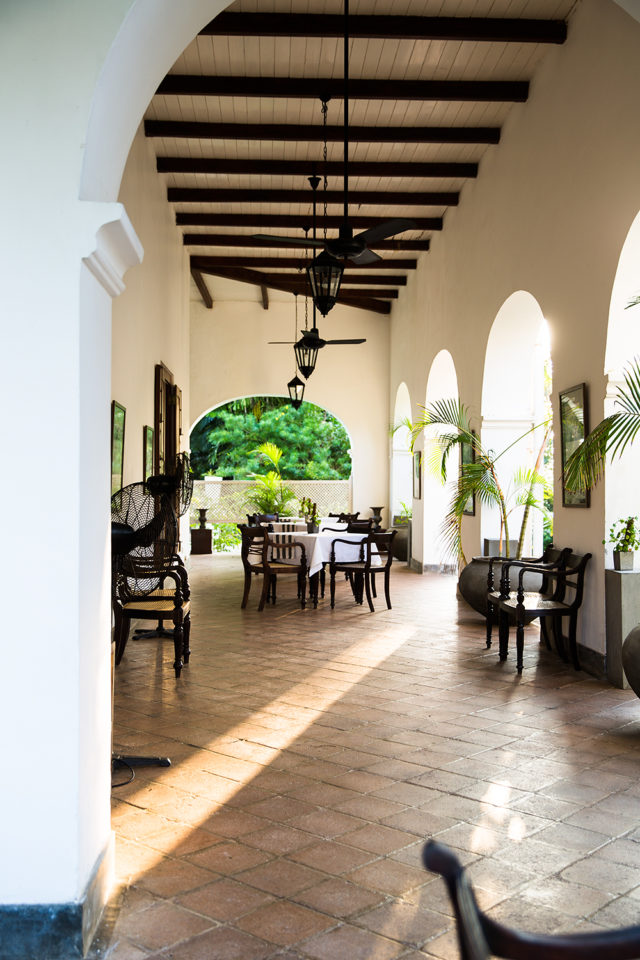
live like a 19th century British admiral :: 2
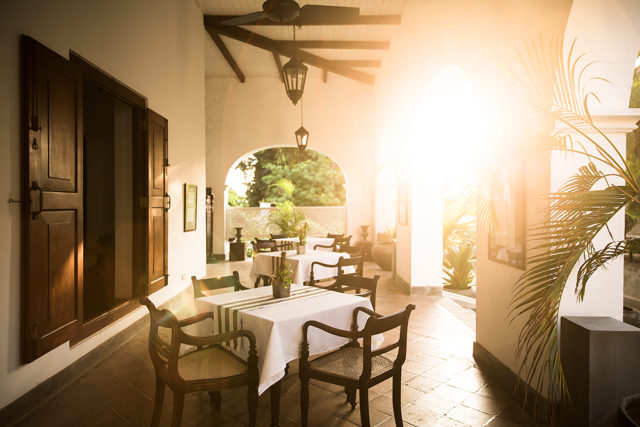
live like a 19th century British admiral :: 3
Moving from beautiful buildings built for business and pleasure, to those designed for worship – Buddhist temples. More than 70% of the Sri Lankan population is Buddhist, and there must be thousands of temples around, from neighbourhood stupas to the grand Japanese Peace Pagoda.
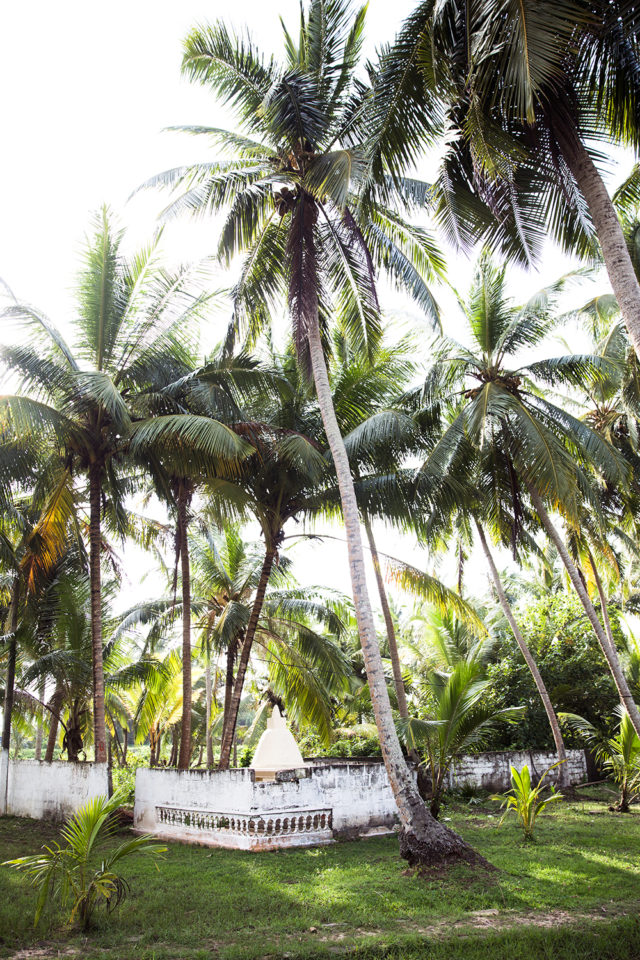
neighbourhood stupa
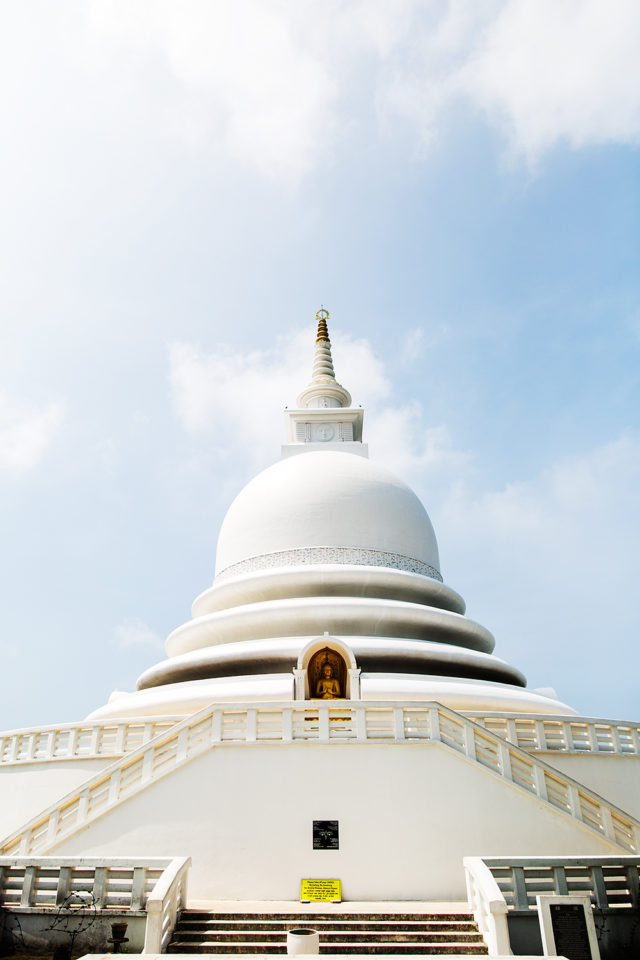
Japanese Peace Pagoda
We only visited a handful of temples, and the two I loved were both really old and virtually empty.
The first is called Budu Raja Maha Wehera Wewurukannala, located near Dikwella. Like most Sri Lankan Buddhist temples, there are various parts to it, but I loved the first temple and its fabulous 250 year old carvings.
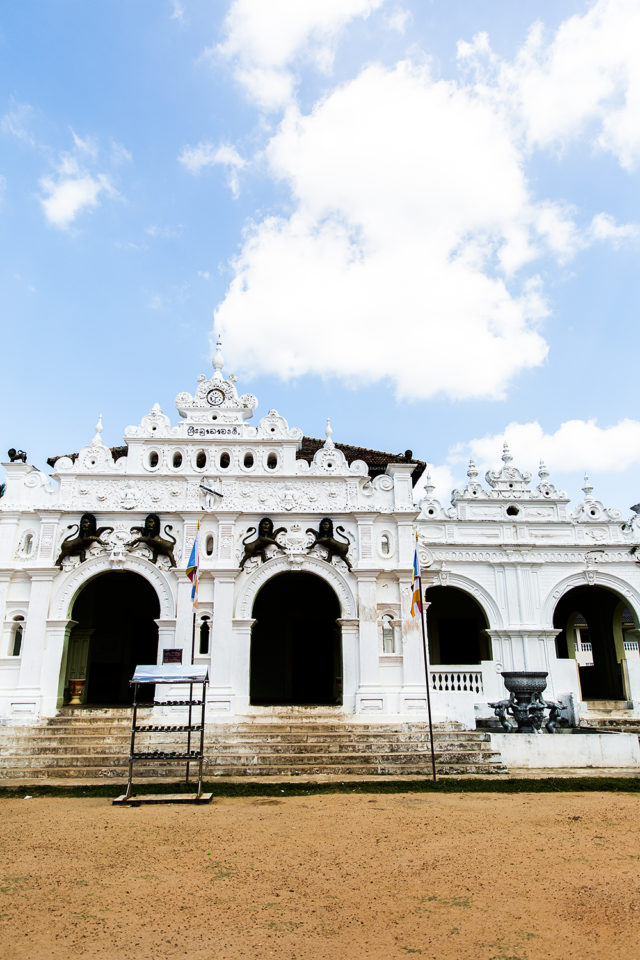
Budu Raja Maha Wehera Wewurukannala
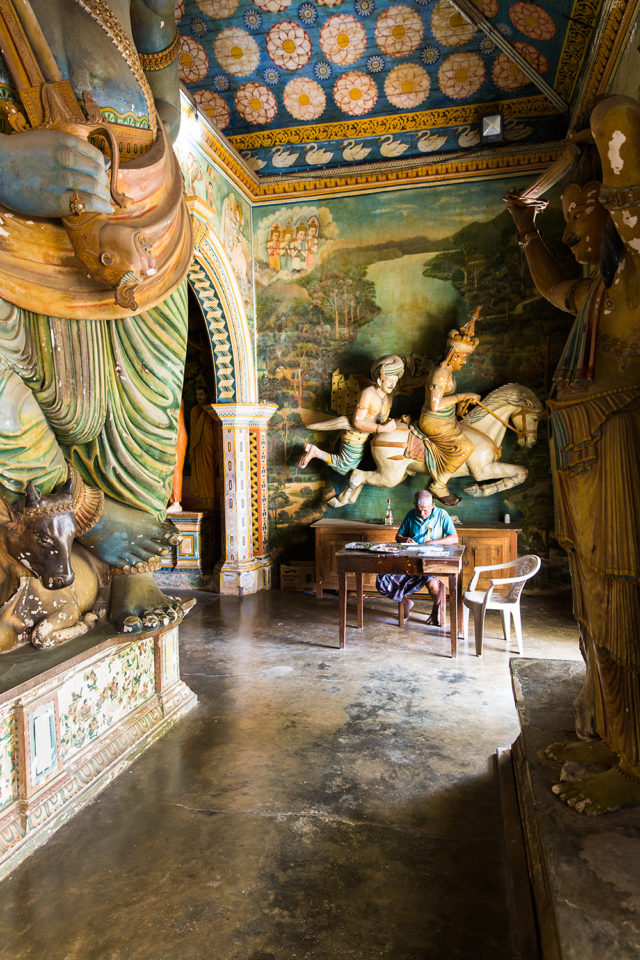
temple guard and his buddies
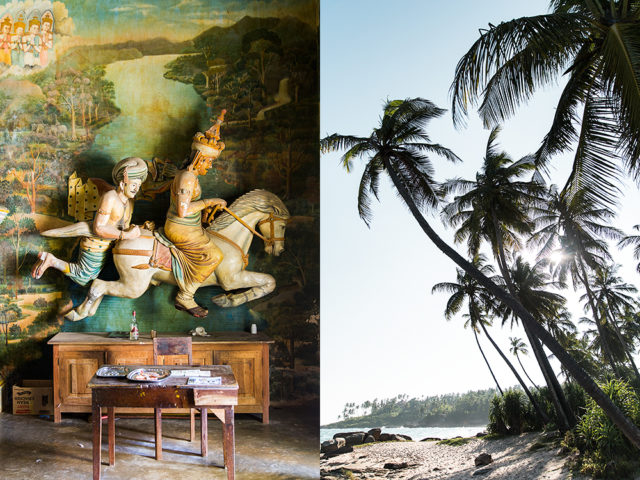
giddyup, we’re off to the beach
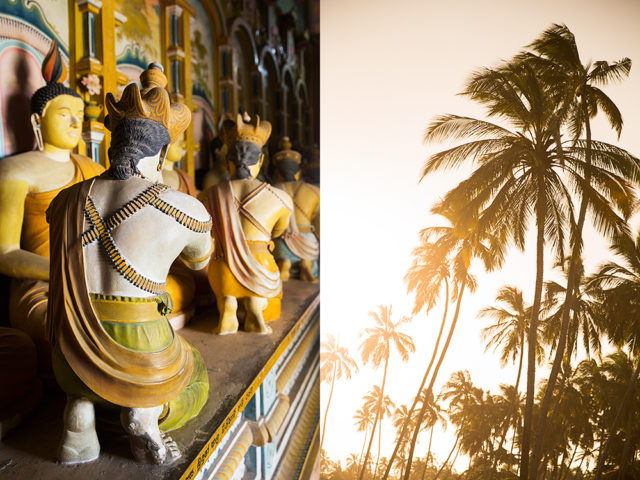
please please, can we come too?
I have no idea of the name of the second temple I stumbled upon near Galle, but it had a wonderful air of faded grandeur about it, with a dramatic staircase and several generous landings, as well as a highly colourful interior filled with peeling frescoes. Aside from a few young monks and a temple guard, there was no one else around. Ideal conditions for the snoop.
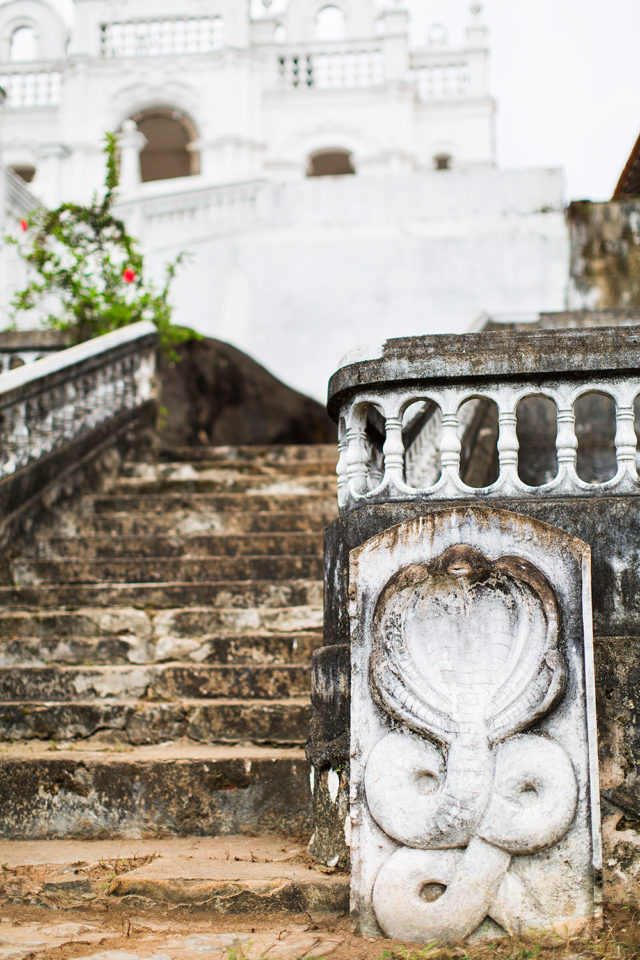
sssssss! – the Buddhist Naga cobra protects the temple against evil
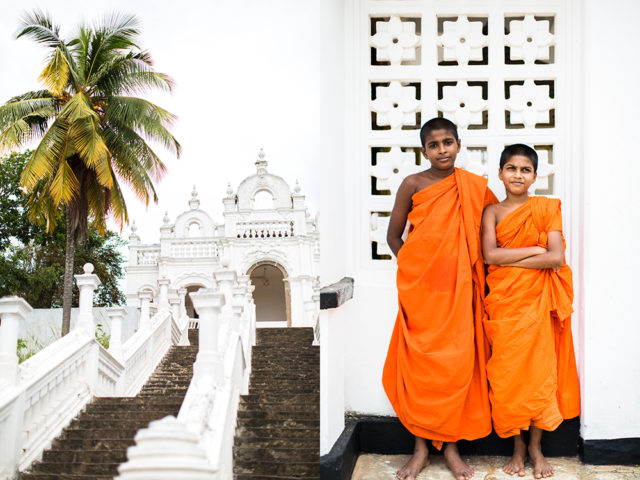
young monks at the old temple
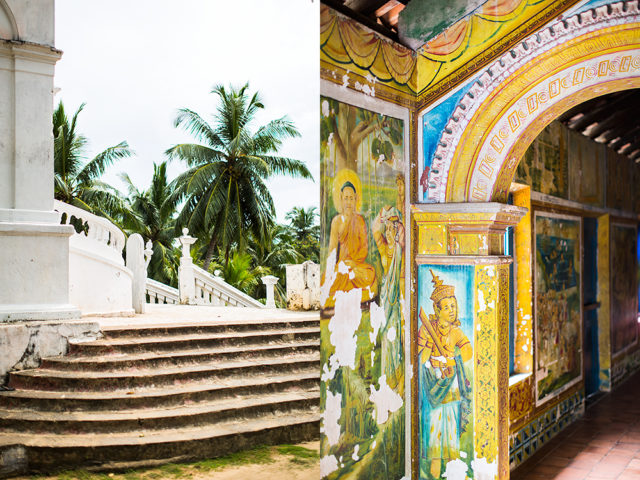
plenty of patina
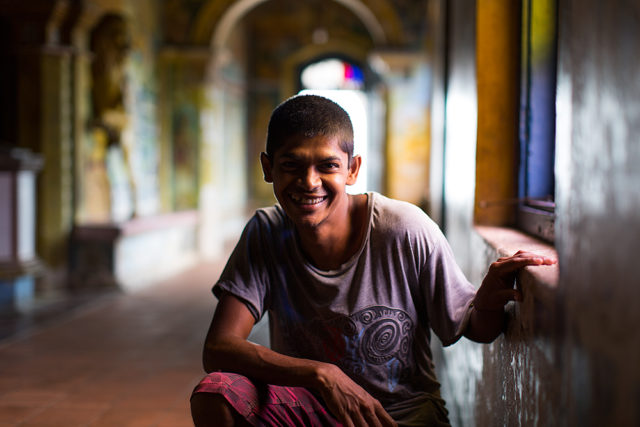
the young temple guard
Back outside, I spent what many (eg the two young monks) would consider a ridiculous amount of time sizing up the coconut tree palms around the temple grounds. I have always loved palm trees – the iconic shape, the way they conjure up summer, etc – so I was in flora heaven in Sri Lanka, home to Cocos Nucifera, the coconut palm. Aside from containing my daughter’s name, Cocos Nucifera is just so very clever, providing milk, water, oil and wood from the coconut itself, as well as animal feed, firewood and thatching from the leaves.
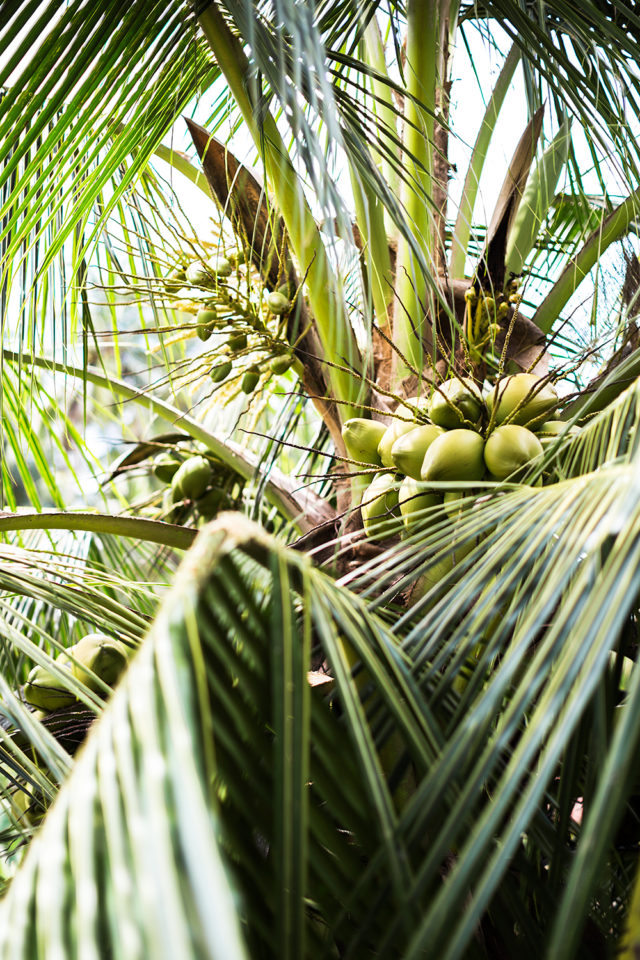
clever coconuts
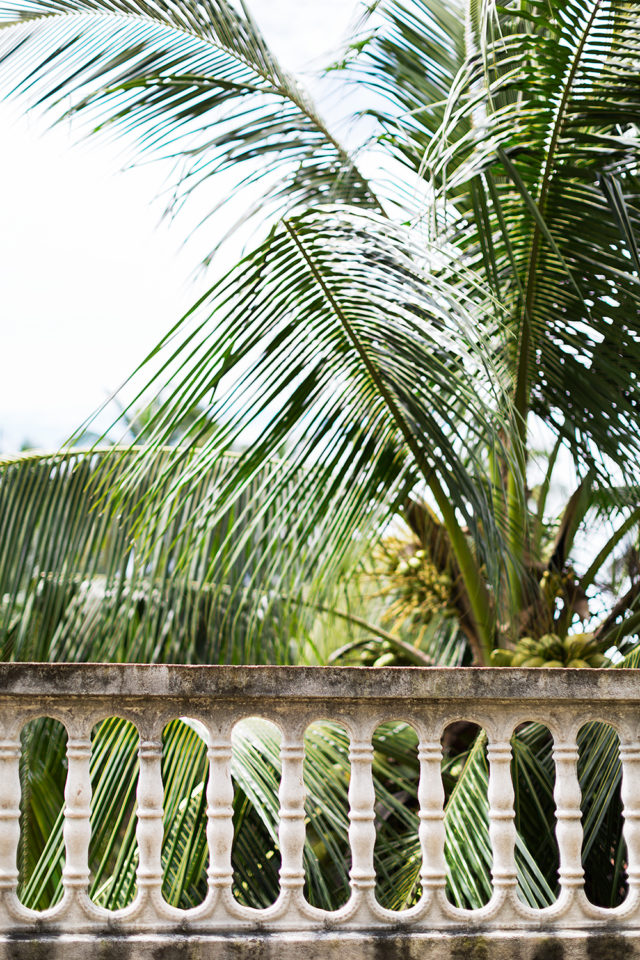
even the leaves are used
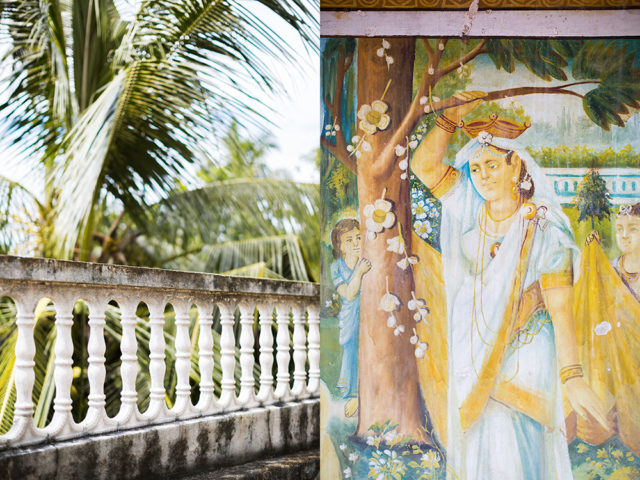
c’mon kids, let’s go collect some coconut shells to make into kitchen spoons
May I just express my love for Cocos Nucifera in the following three images, and then I promise not to speak of it again.
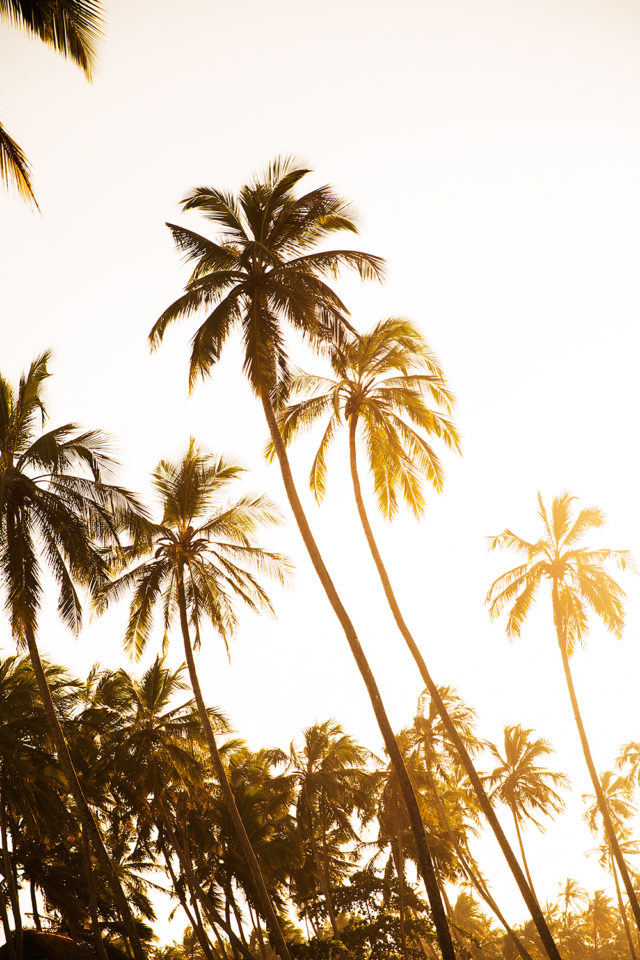
palm tree love :: 1
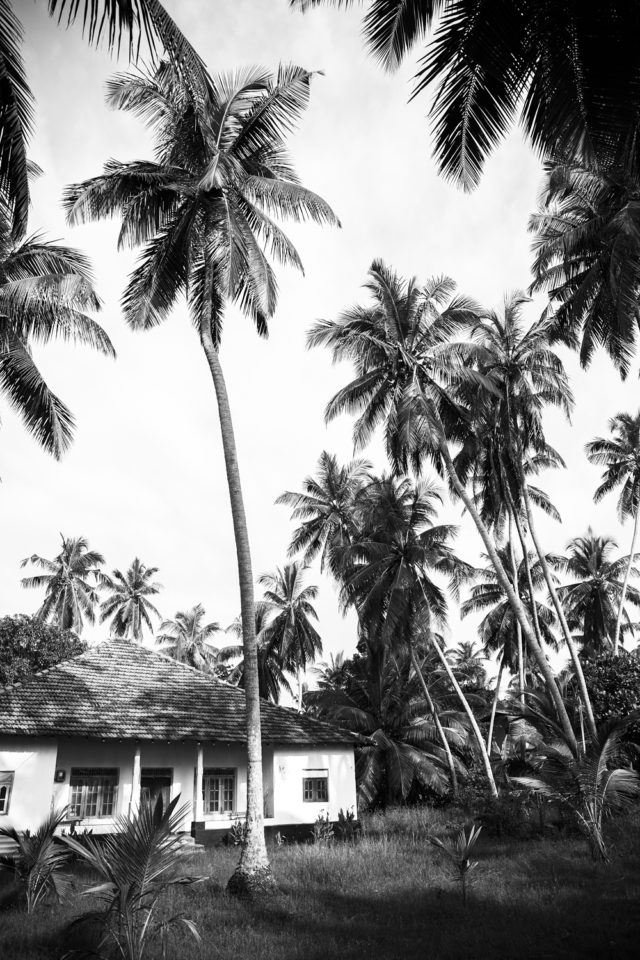
palm tree love :: 2
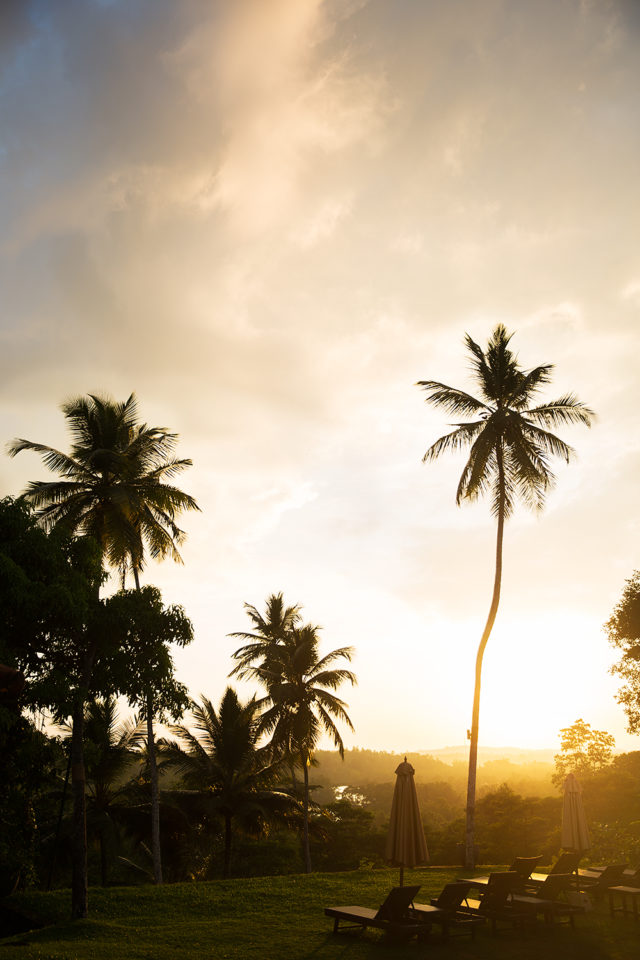
palm tree love :: 3
Okay, the last thing I want to share with you is my time spent waiting for a train. Not to board, sadly (I absolutely love train trips), but just to pass through. I was wandering around a back road outside Galle when I saw a man in a lungi (Sri Lankan sari) cordoning off the crossing with a piece of string. We didn’t speak a word but I hung around and took some pics of him, while waiting for the train to come through.
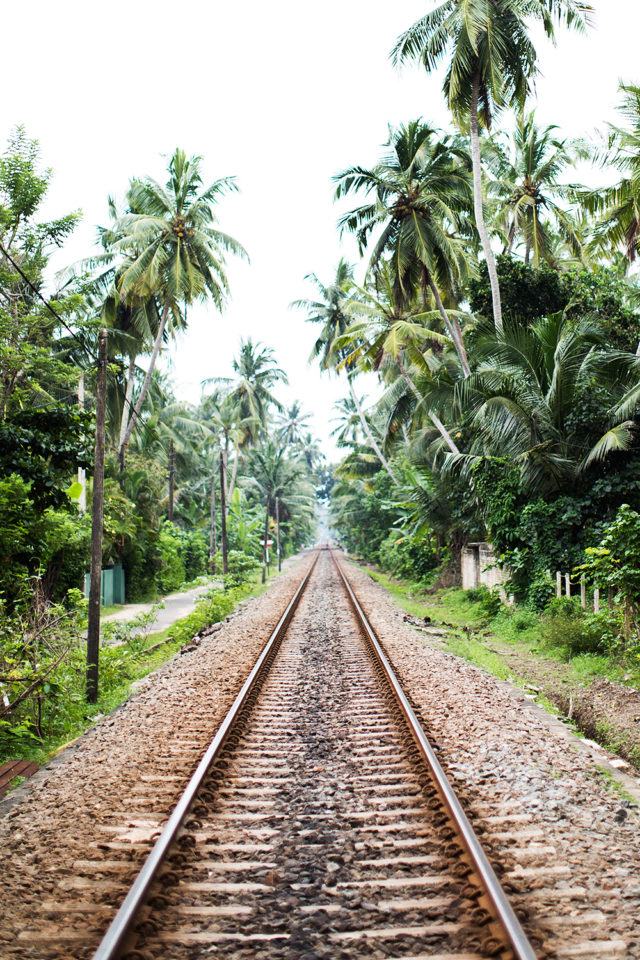
waiting for the train to come
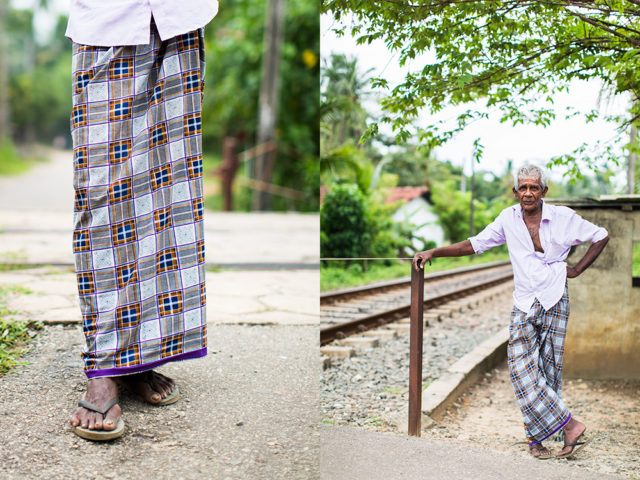
and while we wait, can we just take a moment to admire the elegance of the lungi
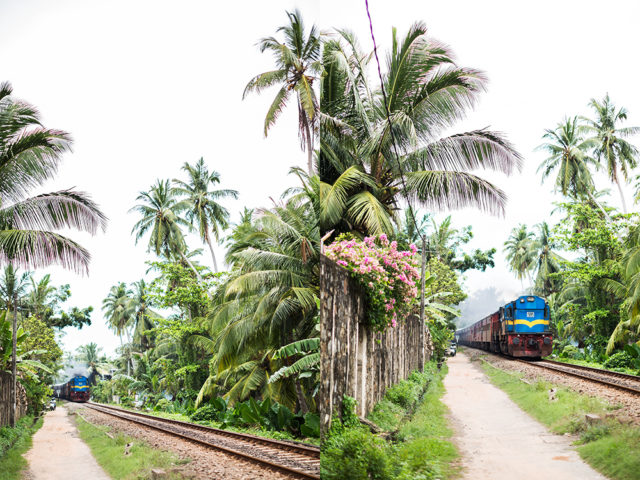
toot toot, here it comes!
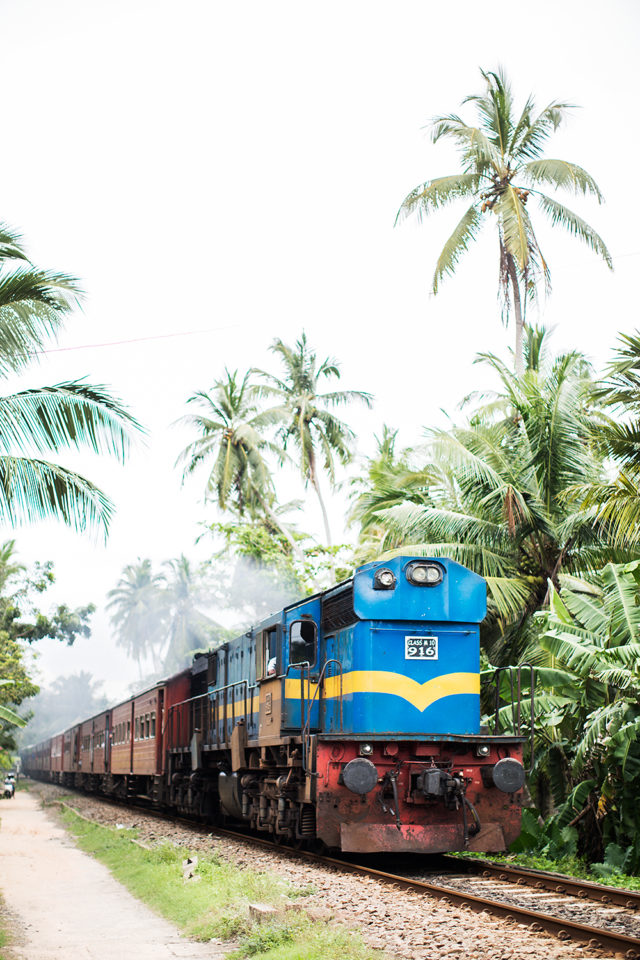
hello Class M10, 916, you are on time!
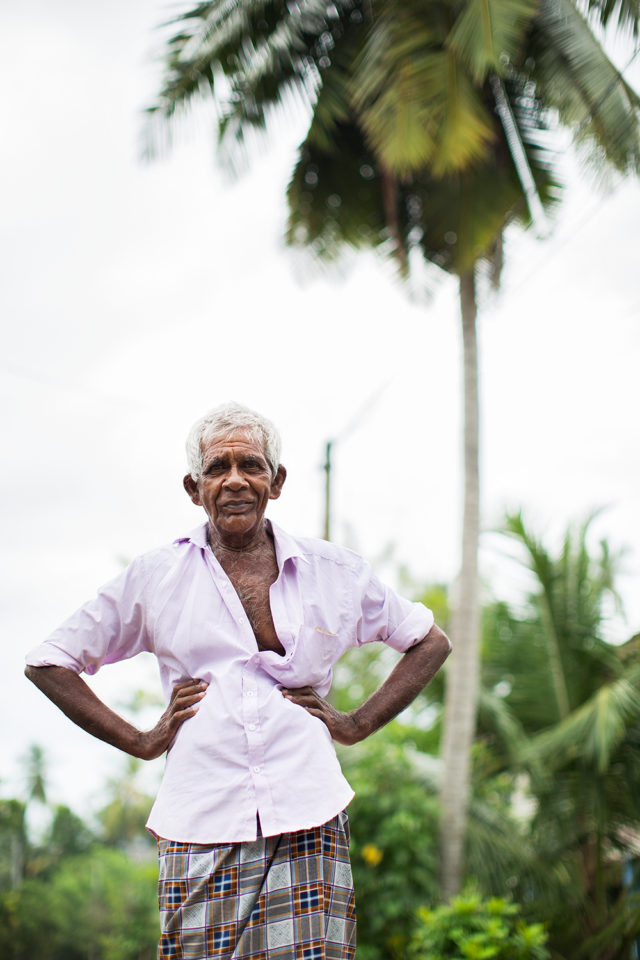
I know, you think I’m weird (possible) but I thank you train-crossing guard, it was fun
And that’s it. I hope you enjoyed having a squiz at Sri Lanka, a country that survived a bitter civil war and a deadly tsunami to become one of the world’s latest ‘it’ destinations, thanks to its great beauty, lovely people and beguiling beasts.
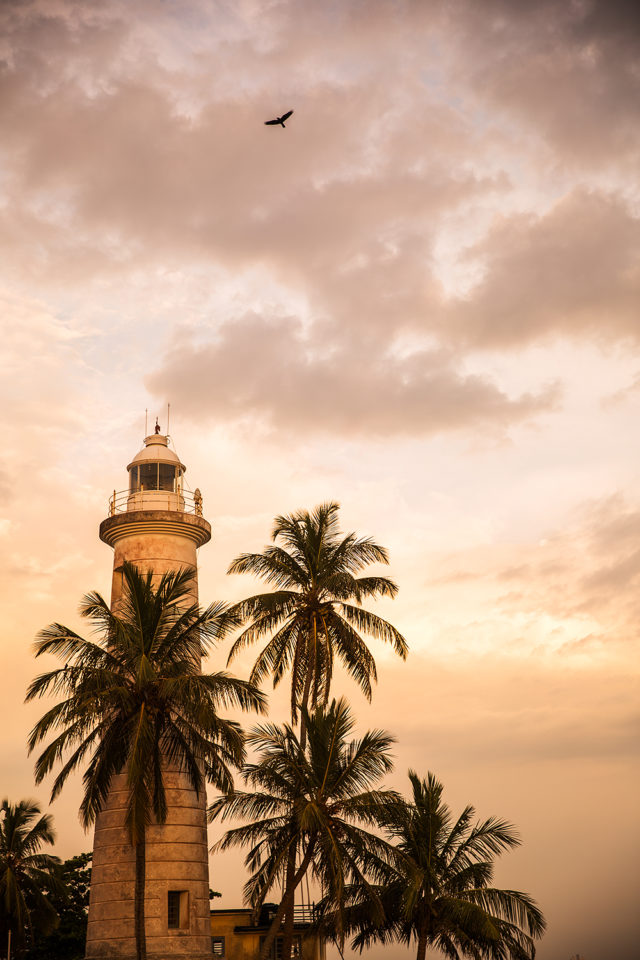
a guiding light since 1848 – Galle Lighthouse
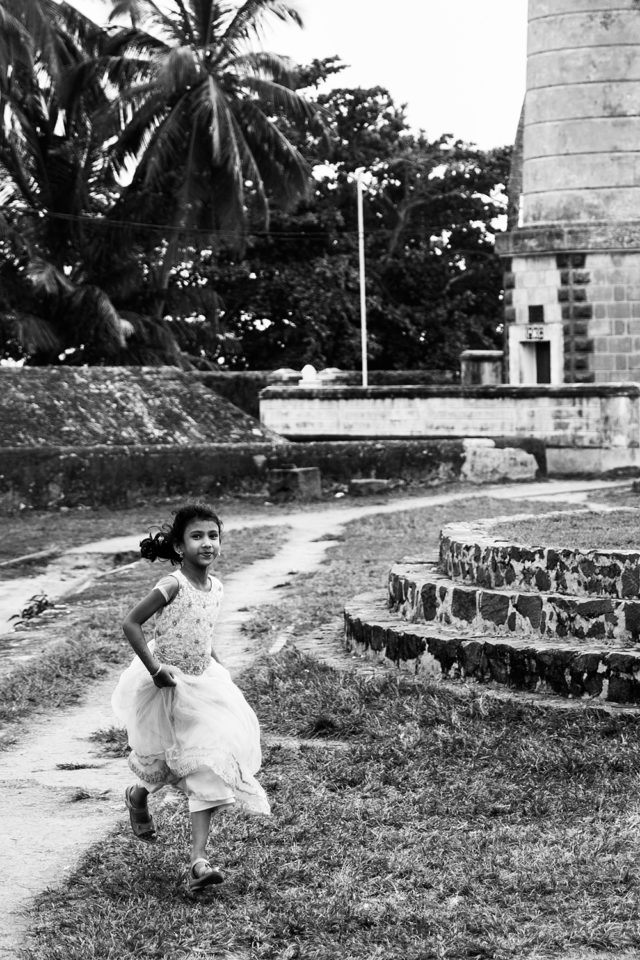
running girl
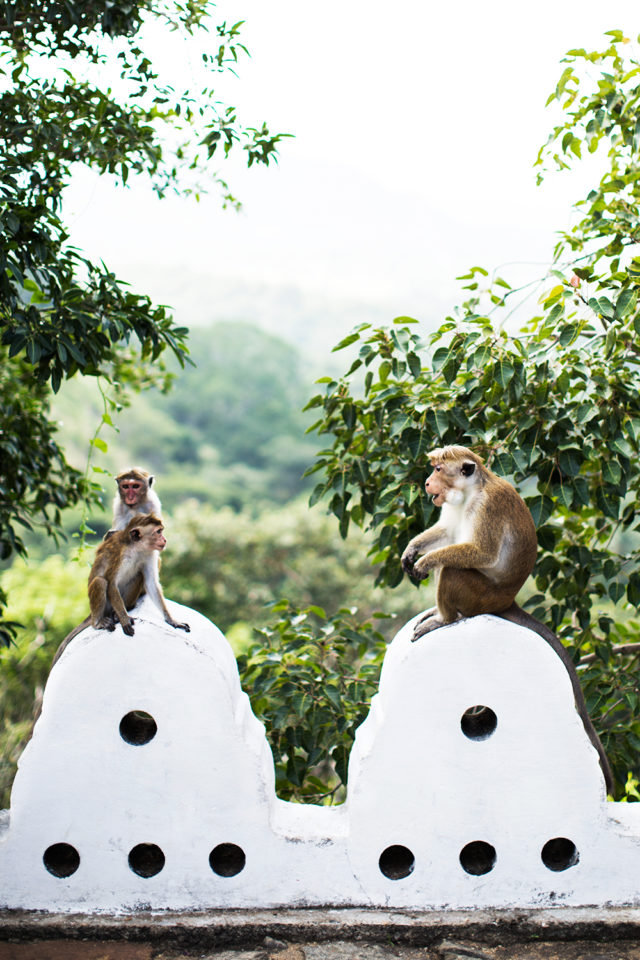
Monkey Kingdom

see ya, Sri Lanka
And Coco? She loved it too. Especially when the hotels had good wifi.
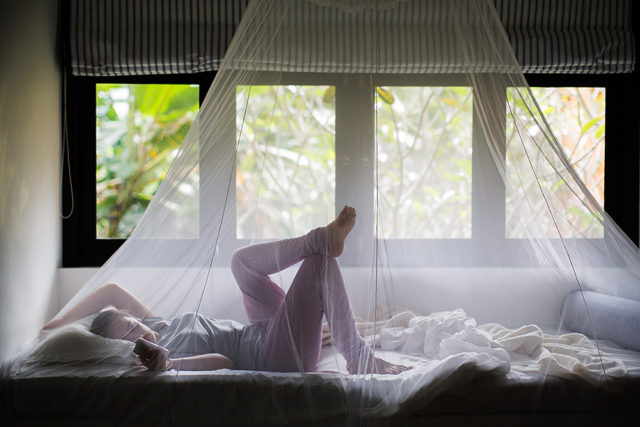
teenage life continues even in exotic climes
